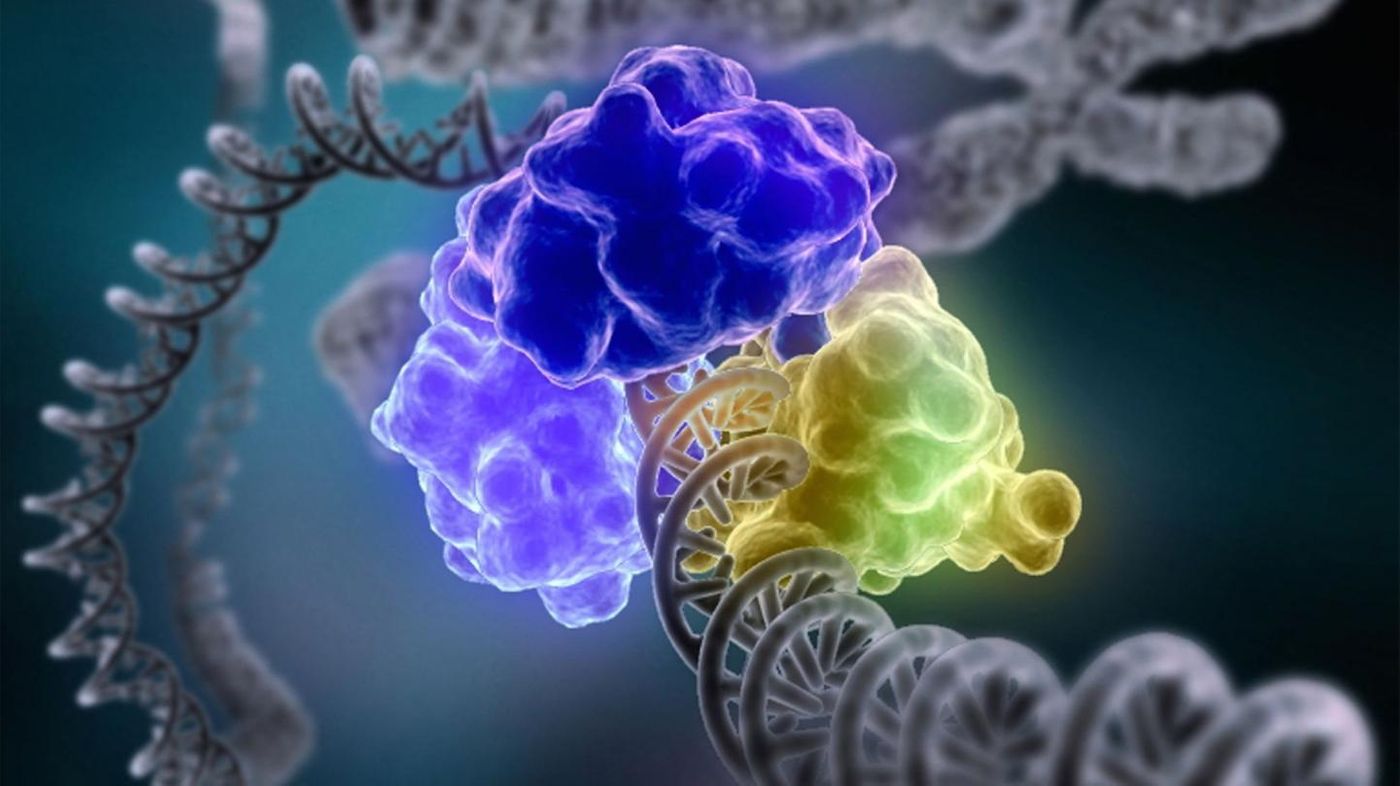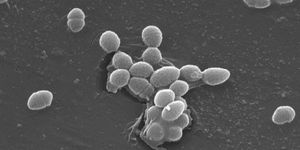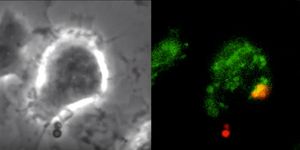Revealing an Unexpected Role for RNA in DNA Repair
It was around 15 years ago that Dale Ramsden, Ph.D. of the Lineberger Comprehensive Cancer Center at the University of North Carolina was working with a student when they noticed something intriguing in a textbook. When damage in the genome has to be repaired, the molecule responsible for the task uses DNA to do so. However, the book noted that some research had shown that RNA was sometimes used instead. Our genome is made up of DNA, which contains the blueprints for an organism, which is built from proteins. RNA is an intermediate molecule that carries information from the genome to the cell and was not thought to have any role in DNA repair.
"You would think they must only add DNA during repair of our genetic code, because that's the core of the central dogma of life; genetic information has to be DNA all the time," said Ramsden, who is a professor in the UNC School of Medicine Department of Biochemistry and Biophysics. "That's the way it's supposed to be. That's what we're taught in school."
Now, Ramsden’s team has published a study in Science that demonstrates that the DNA repair protein, an enzyme called a polymerase, often uses RNA to repair breaks in our DNA. They were also able to learn more about why that is.
"It took us 15 years to get the systems we needed to actually ask the questions that would solve the mystery," Ramsden said.
Throughout life, our bodies have to produce new cells over and over again, and each time, the whole genome has to be copied. Errors can be introduced into those copies. Our cells are also exposed to many harmful influences, like UV rays, or pollutants. DNA repair is an essential process, and if it’s not done properly or it's disrupted for some reason, major problems can occur.
One important repair mechanism that Ramsden studies is called non-homologous end-joining (NHEJ - animated in the video above), which is used when both strands of the double-stranded DNA molecule have been severed - a deadly situation.
"They're lethal to the cell, so you must repair them," explained Ramsden. "When (repair) goes bad, it generates the kinds of genetic re-arrangements and aberrations that are really a hallmark of most cancers."
In this work, the team showed that RNA is frequently used during NHEJ. Incredibly, they showed that around 65 percent of NHEJ repairs use RNA.
Ramsden likens the use of RNA to a "get out of jail free card," that enables the cell to ignore things that could interfere with the repair.
"What we show is that adding RNA helps to bypass other damage," Ramsden said. "They don't have to follow the strict rules of what they're normally used to requiring to repair a break. The alternative would be not to repair it, which would lead to significantly more error."
The team also showed that cells could use this RNA insertion process to generate cellular diversity. White blood cells, for example, can use this mechanism to create a larger number of cells, to recognize more pathogens.
Advances in microscopy made this work possible. "We can track the repair reaction almost in real time as it happens in the cell," Ramsden said.
This research may have applications in cancer therapeutics. The researchers suggested that cancerous cells might become more sensitive to radiation therapy if this repair pathway was shut down, for example.









